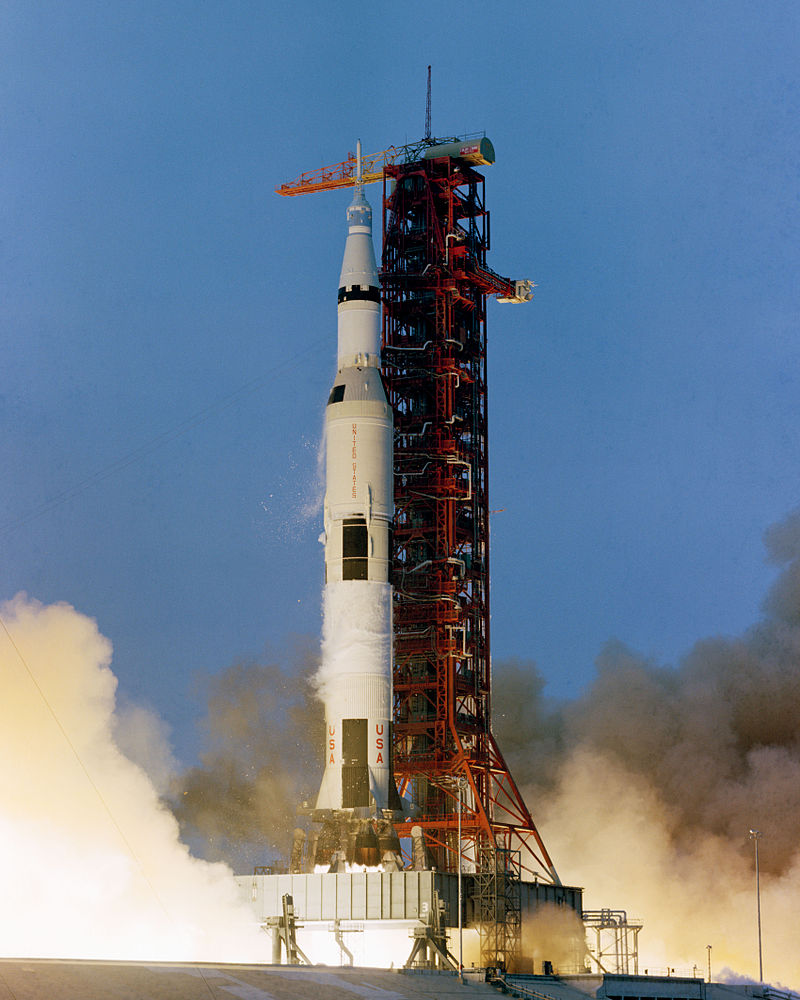NASA conducted the Apollo 13 launch from Kennedy Space Center in Florida at 2:13 p.m. EST on April 11, 1970. NASA planned Apollo 13 as the mission to insert astronauts on the Moon for the third time, yet what became history’s most thrilling rescue effort during space exploration. Two days into the mission, an oxygen tank explosion created a life-threatening crisis that pushed both NASA and the astronauts to execute an exceptional mission for their Earth return.
NASA placed Apollo 13 under its Apollo program, a series of missions aimed at landing humans on the Moon and bringing them back safely, after the successful missions of Apollo 11 and Apollo 12. Astronaut Jim Lovell led the mission with his crewmates Jack Swigert and Fred Haise, who served as Command Module Pilots and Lunar Module Pilots. The mission was intended to set down in the Fra Mauro highlands region of the Moon, a location of scientific interest due to its unique geological features. The spacecraft comprised the Command Module Odyssey and the Lunar Module Aquarius, and the Saturn V rocket performed the atmospheric ascent.
The crew’s journey was not just a technical one but an emotional one as well. They experienced fear, uncertainty, and exhaustion, but also determination, teamwork, and hope. These emotions were as much a part of the mission as the technical challenges they faced. A few technical complications before launch occurred when Swigert took over as Command Module Pilot from the initially selected astronaut Ken Mattingly because Mattingly had been exposed to German measles. These pre-launch difficulties indicated possible upcoming challenges to the crew. The crew members started their lunar expedition while maintaining their confidence.
The mission followed its established trajectory before an explosion happened in the Service Module oxygen tank on April 13. Through space mission control, Houston heard mission commander Apollo 13 give the legendary message, “Houston, we’ve had a problem.” During the crisis, the explosion turned off the spacecraft’s power systems and life-support components, which made the crew carry out a Moon landing abandonment and maintain survival as their primary objective.
The astronauts entered the Lunar Module after the spacecraft lost its oxygen, power, and water supply, thus turning it into their only source of survival. They had to ration their supplies and come up with innovative solutions to the problems they faced. For instance, they used duct tape and plastic bags to adapt the Command Module’s square carbon dioxide scrubber cartridges to fit the Lunar Module’s round receptacles, a crucial fix to prevent carbon dioxide buildup. NASA engineers launched an around-the-clock effort from the ground to guide the crew through these and other essential fixes.
Through the gravity of the Moon, Apollo 13 successfully implemented a slingshot maneuver that directed them back towards Earth despite facing countless obstacles. After experiencing freezing cold conditions, dehydration, and fatigue, the crew returned safely to Earth’s atmosphere on April 17 before splashing in the Pacific Ocean.

